Latest News
U.S. Airstrikes in Afghanistan Are at Levels Not Seen Since Obama Troop Surge
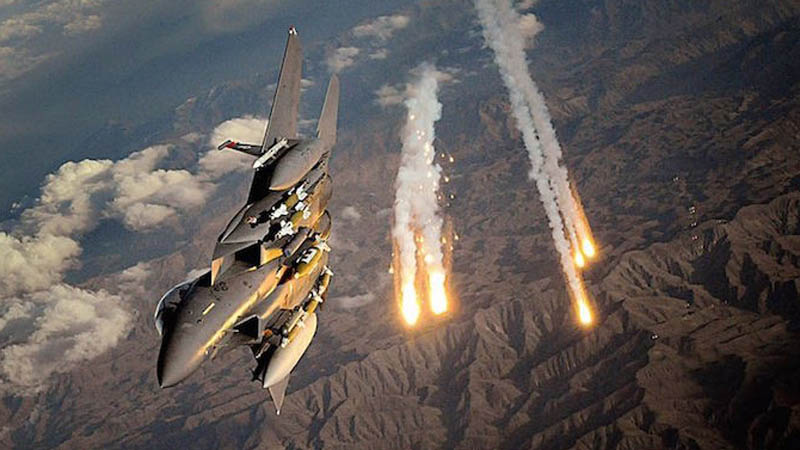
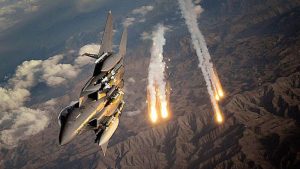 The U.S. air war in Afghanistan has returned to a level of intensity not seen since American forces were still fanned out across the country and fighting Taliban militants in daily skirmishes in 2012, according to recently released military data.
The U.S. air war in Afghanistan has returned to a level of intensity not seen since American forces were still fanned out across the country and fighting Taliban militants in daily skirmishes in 2012, according to recently released military data.
As of June 30, U.S. and coalition aircraft had dropped or expended 1,634 munitions in Afghanistan so far this year, according to U.S. Air Force numbers. By comparison, in 2015 and 2016, that figure was 298 and 545 respectively.
The majority of this year’s strikes have been used to go after the Taliban, said Navy Capt. Bill Salvin, a spokesman for the U.S.-led mission in Afghanistan. A portion of the air support, however, has also been directed at terrorist groups such as the Islamic State.
The surge in U.S.-led air attacks comes as the Pentagon weighs whether to send thousands more troops into Afghanistan in a bid to reverse three years of steady gains by the Taliban. While Secretary of Defense Jim Mattis pledged to deliver a strategy to Congress this month, some lawmakers see any increase in support to what has become America’s longest running war as futile.
On Monday, a U.S. Marine unit in Helmand province — often known as the birthplace of the Taliban — said it had helped the Afghan Army retake a district center south of the provincial capital of Lashkar Gah and that the operation had been supported with “numerous” U.S. airstrikes. Earlier this month, Army Pfc Hansen B. Kirkpatrick was killed in the same area when an Army Special Forces team he was with came under accurate mortar fire. Two other soldiers were wounded. Though Afghan forces control some population centers in Helmand, the Taliban are able to move around almost completely unrestricted.
An April report released by Special Inspector General for Afghanistan Reconstruction indicated that Afghan forces control 60 percent of the country, up from 57 percent in November last year. That same report indicated the Taliban had gained a percentage point of ground, still putting the militants’ control of territory at its highest in the country since U.S. forces invaded the country in 2001. The rest, the report said, remains contested.
To help prevent further losses, then-President Obama gave the commander of U.S. forces in Afghanistan, Army Gen. John Nicholson, authority to go after the Taliban with airstrikes. Before the June 2016 decision, U.S. forces were only allowed to target the Taliban with air support when defending U.S. troops alongside their Afghan counterparts. The new powers, known as the “strategic effects authority,” were supposed to be used sparingly, during times when the U.S.-provided air support could effectively change the strategic outcome of a battle.
The renewed intensity of the U.S.-led air campaign, along with the burgeoning capabilities of the Afghan Air Force, have also meant Afghan civilians are dying more frequently from aerial attacks. Salvin said that the Afghans had carried out 1,000 strikes this year, compared to 1,600 for all of 2016.
A report released Monday by the United Nations Assistance Mission in Afghanistan documented 95 civilian deaths and 137 wounded from airstrikes during the first six months of this year. The report said the Afghan Air Force was responsible for 29 of the deaths. It is unclear if the Afghan Air Force, like its coalition counterparts, uses guided or “smart” munitions. In 2016, a spokesman for the U.S. mission in Afghanistan told reporters the Afghan Air Force was not using guided bombs, and Salvin did not know if that had recently changed.
“The increase in civilian casualties from aerial operations affirms the criticality of continuous review of targeting criteria and pre-engagement precautionary measures in both offensive and defensive aerial operations,” the report said.
These figures, according to the report, equate to a 67 percent increase in civilian deaths compared to the same reporting period from 2016. Overall, however, civilian casualties at the hands of pro-government forces are down by roughly 20 percent, the report said.
Civilian casualties in Afghanistan continue to remain at record highs since the U.N. mission to Afghanistan began tracking civilian deaths in 2009. Tens of thousands of civilians and more than 2,000 U.S. troops have died in Afghanistan since 2001. Currently, there are roughly 8,500 U.S. troops serving alongside approximately 5,000 NATO forces in the country.
Written by: Washington Post

Latest News
Pakistan rejects IEA’s allegations of Daesh using its territory against Afghanistan
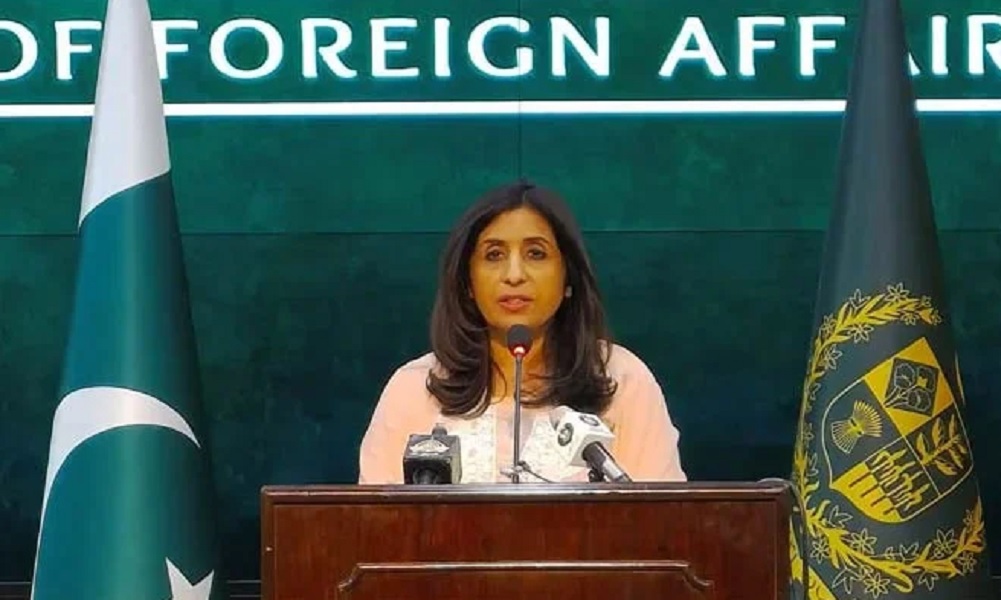
The Ministry of Foreign Affairs of Pakistan on Thursday rejected the statements of the Islamic Emirate regarding the use of Pakistan’s soil against Afghanistan by Daesh, calling the remarks as “unwarranted and irresponsible.”
Mumtaz Zahra Baloch, spokesperson of Pakistan’s Ministry of Foreign Affairs, said in a press conference that instead of such statements, the Afghan authorities should take effective action against all terror groups, based in Afghanistan.
Earlier, the Pakistan Army claimed that last month’s suicide attack that killed five Chinese nationals in Khyber Pakhtunkhwa had been planned in Afghanistan and had been carried out by an Afghan.
In reaction, a spokesman for the Ministry of Defense of Afghanistan, Inayatullah Khwarazmi, said that in an area of Khyber Pakhtunkhwa, which is under the security of the Pakistan Army, the killing of Chinese nationals is either the weakness of the security institutions or their cooperation with the attackers.
He also said: “We have cases where the Daesh entered Afghanistan from Pakistan, and Pakistani soil was used against our soil, and the attacks are planned in that country.”
Pakistan has repeatedly claimed that Afghan soil is being used in attacks against Pakistan, but this was the first time the Islamic Emirate accused Pakistan of not preventing Daesh from entering Afghanistan.
Latest News
Afghans will have a good future under the shadow of Islamic system: Haqqani
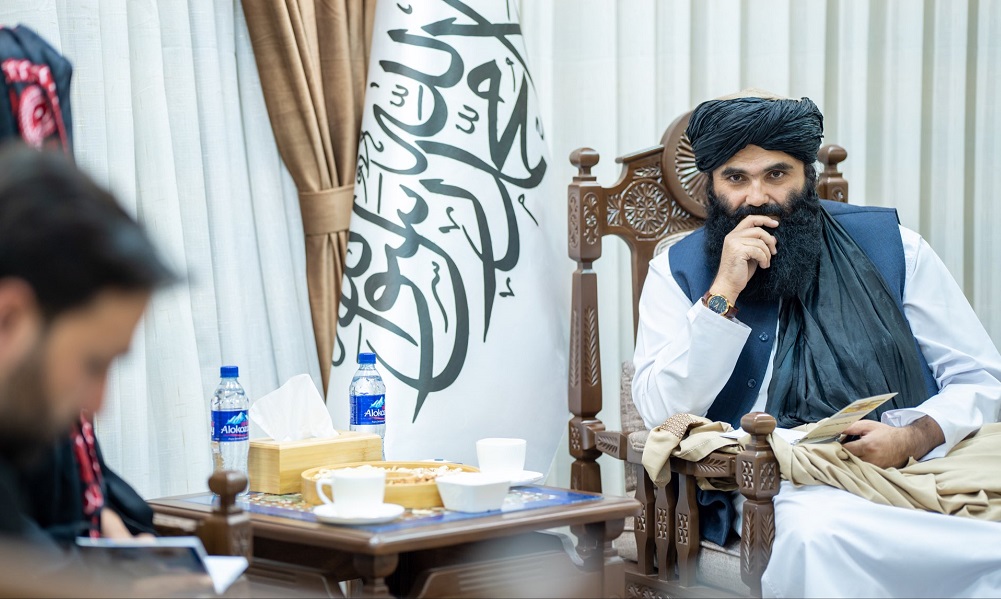
Acting Minister of Interior Sirajuddin Haqqani has said in a meeting with the European Union envoy in Kabul that Afghans will have a good future in peace and under the shadow of the Islamic system.
According to a statement released by the Ministry of Interior on Friday, Haqqani, in his meeting with Raffaella Iodice, the European Union’s Chargé d’affaires to Afghanistan, said that Afghans will work hard, endure hardships and will be on the path of progress.
The EU envoy expressed her hope for continued peace and a better future for Afghans, according to the statement.
Latest News
Kabir urges Panjshiris to encourage their sons in exile to return home
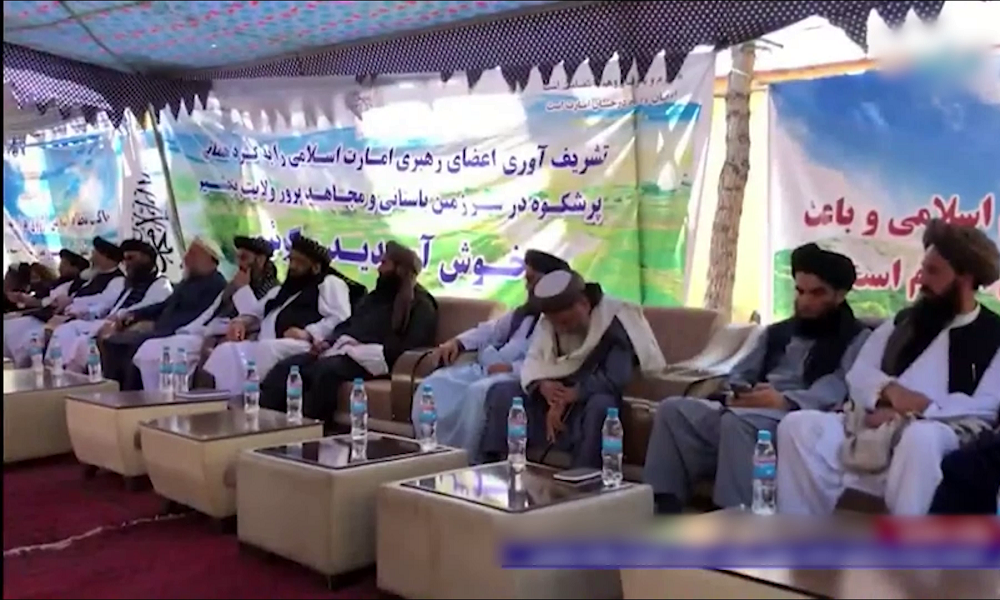
Mawlavi Abdul Kabir, the political deputy prime minister, urged Panjshir residents to encourage their sons living in neighboring countries to return home as the Islamic Emirate has no enmity with anyone.
At a gathering in Panjshir, attended by senior IEA officials, Kabir said that there is currently no space for ethnic and linguistic discrimination as well as hypocrisy in Afghanistan.
He stressed that all Afghans should work together for the construction, development and prosperity of the country.
According to him, IEA’s political and commercial relations with the world are secure and the government is committed to the development and reconstruction of Afghanistan and is doing its best to gain self-sufficiency.
At this gathering, the IEA’s minister of Propagation of Virtue and Prevention of Vice, Mohammad Khalid Hanafi, said that illegal acts in the country have reached zero and that Daesh does not exist in the country. He also said the people of Panjshir will not be deceived by biased people.
“Currently, there is no corruptor and there is no Daesh fighter in Afghanistan, and no one can provide proof [of their existence]. We are one nation. Our religion and beliefs are one,” said Hanafi.
Some residents of Panjshir also said that they support the Islamic Emirate and will share their challenges with the authorities.
-

 Business4 days ago
Business4 days agoAfghanistan’s Turkey-bound goods via rail cross Tehran
-

 Latest News4 days ago
Latest News4 days agoOIC summit urges IEA to respect girls’ right to education
-
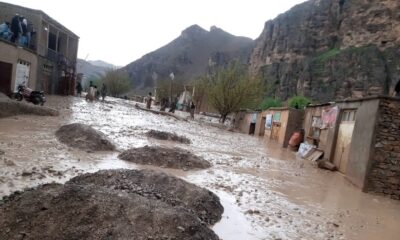
 Latest News5 days ago
Latest News5 days agoHundreds of families displaced due to floods in Ghor
-

 Business3 days ago
Business3 days agoTurkmenistan’s industrialists keen to buy Herat-made construction material
-

 Sport4 days ago
Sport4 days agoAbu Muslim humiliate Maiwand with 9-1 win; Sohrab Afghan scores 5 goals
-

 World4 days ago
World4 days agoIsraeli authorities raid Al Jazeera after shutdown order
-
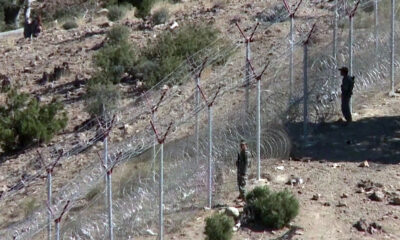
 Latest News4 days ago
Latest News4 days agoIranian official: Only vulnerable points of Afghanistan’s border will be walled and fenced
-
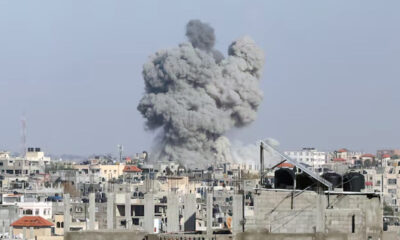
 World4 days ago
World4 days agoHamas says it accepts ceasefire proposal of Egypt, Qatar
















